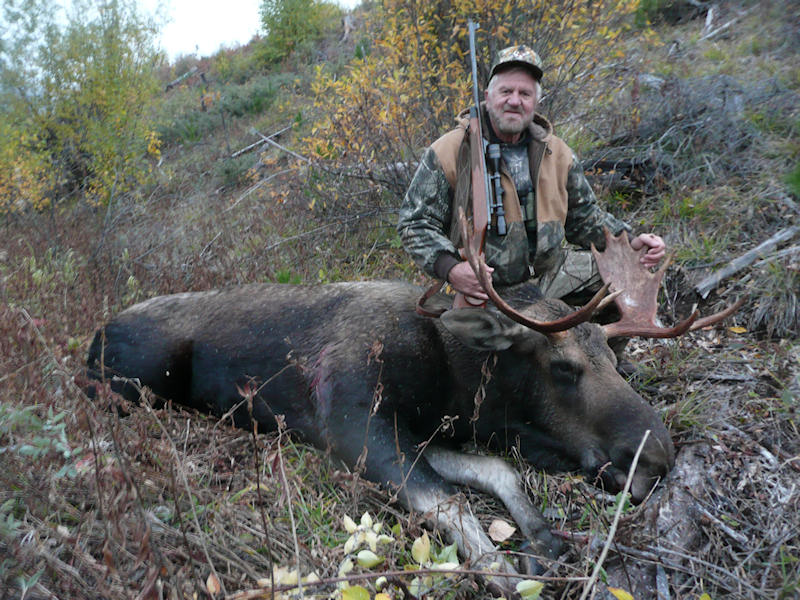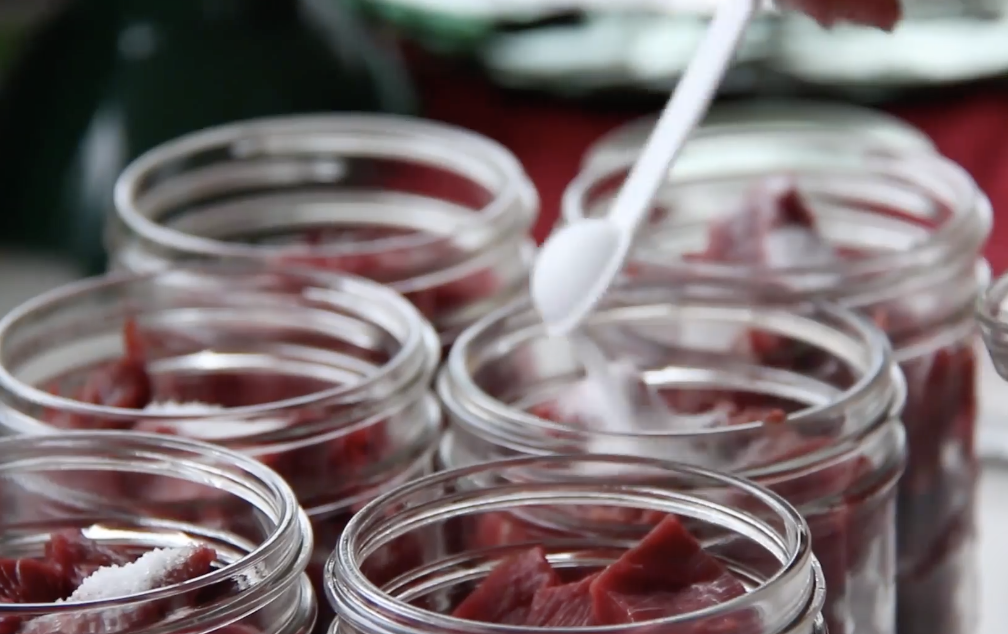Unveiling The Bounty: The Ultimate Guide To Harvesting Meat From A Moose
Harvesting a moose is more than just a hunting expedition; it's an opportunity to gather a substantial amount of high-quality meat for your family and community. If you're wondering how much meat from a moose you can expect, the answer lies in understanding the animal's size, processing techniques, and preservation methods. This article will walk you through everything you need to know to maximize your yield and ensure that no part of this majestic creature goes to waste. Whether you're a seasoned hunter or a newcomer to the sport, the insights provided here will enhance your knowledge and help you make the most of your harvest.
Moose hunting is not just about the thrill of the chase; it’s about the reward of bringing home a bounty of nutritious meat. On average, a mature moose can weigh anywhere from 800 to 1,500 pounds, depending on its age, gender, and habitat. This translates into a significant amount of usable meat, which can feed a family for months. Understanding the factors that affect meat yield and learning the best practices for processing and storing this meat can make all the difference in your hunting experience.
When planning your hunt, it's essential to consider the logistics of transporting and processing the moose. The sheer size of the animal means that you'll need proper tools, knowledge, and support to ensure a successful harvest. From field dressing to butchering, each step plays a crucial role in determining the quality and quantity of the meat you'll take home. This article aims to equip you with the knowledge and expertise needed to navigate the entire process with confidence.
Read also:Sweetie Fox The Ultimate Guide To Understanding The Rising Star
How Much Meat Can You Expect from a Moose?
One of the most common questions among hunters is, "How much meat from a moose can I realistically expect?" The answer varies depending on several factors, including the moose's size, age, and overall health. On average, a mature moose can yield between 300 to 700 pounds of edible meat. This figure represents the "hanging weight," which is the weight of the carcass after it has been field-dressed and prepared for processing. Keep in mind that the actual amount of meat you take home will be slightly less due to bones, fat, and other non-edible parts being removed during butchering.
What Factors Influence the Yield of Moose Meat?
Several factors influence the amount of meat you can expect from a moose. The animal's size and age are primary considerations, as larger, older moose tend to yield more meat. Additionally, the health and condition of the moose play a significant role. A well-nourished moose with access to abundant forage will have more muscle mass and better-quality meat than one that has struggled to find food. Environmental factors such as climate and habitat also impact the moose's growth and development, ultimately affecting the meat yield.
How Much Meat from a Moose Depends on Processing Techniques?
Proper processing techniques are crucial for maximizing the amount of meat you can harvest from a moose. Field dressing the animal correctly ensures that the meat remains clean and free from contamination. This step involves removing the internal organs and cooling the carcass as quickly as possible to prevent spoilage. Once the moose is transported back to a processing facility, skilled butchering techniques can further enhance the yield by minimizing waste and preserving the quality of the meat.
How Can You Preserve the Meat from a Moose?
Preserving moose meat is an essential part of the harvesting process, especially if you plan to enjoy it over an extended period. There are several methods for preserving meat, including freezing, smoking, drying, and canning. Freezing is the most common method, as it allows you to store large quantities of meat for months without significant loss of quality. Smoking and drying are excellent options for creating jerky and other shelf-stable products, while canning is ideal for preparing soups, stews, and other cooked dishes.
How Much Meat from a Moose Can Be Frozen?
Freezing is the most practical way to preserve the majority of your moose meat. By properly packaging and labeling the meat, you can store it in a freezer for up to a year without significant degradation in quality. It's important to note that not all cuts of meat are suitable for freezing. Lean cuts, such as the tenderloin and backstrap, tend to freeze well, while fattier cuts may develop freezer burn if stored for too long. To maximize the shelf life of your frozen meat, invest in vacuum-sealed bags or freezer-safe containers.
What Are the Best Cuts of Moose Meat?
Moose meat is incredibly versatile, and the best cuts depend on your culinary preferences and cooking methods. The tenderloin and backstrap are prized for their tenderness and are perfect for grilling or roasting. The shoulder and leg muscles are tougher but can be slow-cooked to create flavorful stews and braises. Ground moose meat is another popular option, ideal for making burgers, meatballs, and sausages. By understanding the characteristics of each cut, you can make the most of your harvest and create delicious meals for your family and friends.
Read also:Love Islanders 2017 The Ultimate Guide To The Most Iconic Season
How Much Meat from a Moose Can Be Used for Jerky?
Moose jerky is a popular way to enjoy the lean, flavorful meat of this majestic animal. To make jerky, you'll need to select lean cuts of meat and slice them thinly against the grain. The meat is then marinated in a flavorful mixture before being dried in a dehydrator or oven. On average, you can expect to produce around 50 to 100 pounds of jerky from a moose, depending on the cuts used and the drying method employed. Jerky is a shelf-stable product that can be stored for months, making it an excellent option for long-term preservation.
What Are the Nutritional Benefits of Moose Meat?
Moose meat is not only delicious but also highly nutritious. It is lean, low in fat, and rich in essential vitamins and minerals such as iron, zinc, and B vitamins. Incorporating moose meat into your diet can provide numerous health benefits, including improved muscle function, enhanced energy levels, and better overall well-being. By choosing to harvest and consume moose meat, you're making a sustainable and healthy choice for you and your family.
How Much Meat from a Moose Can Be Shared?
Hunting a moose is often a communal activity, and sharing the bounty is a time-honored tradition. Depending on the size of the moose and the number of hunters involved, you may have the opportunity to share hundreds of pounds of meat with friends, family, and community members. This practice not only strengthens social bonds but also ensures that no part of the animal goes to waste. By distributing the meat fairly and efficiently, you can maximize the value of your harvest and spread the joy of this incredible resource.
What Are the Challenges of Harvesting a Moose?
While harvesting a moose can be a rewarding experience, it also comes with its share of challenges. Transporting the animal from the field to a processing facility can be a daunting task, especially in remote areas with limited access. Additionally, processing such a large animal requires skill, patience, and the right equipment. Understanding these challenges and preparing for them in advance can help ensure a successful and stress-free hunting trip.
What Tools Do You Need for Processing Moose Meat?
To process moose meat effectively, you'll need a variety of tools and equipment. A sharp hunting knife is essential for field dressing, while a meat saw or bone saw is necessary for breaking down the carcass. A meat grinder and sausage stuffer are useful for making ground meat and sausages, while vacuum-sealed bags and a freezer are indispensable for long-term storage. Investing in quality tools and equipment will make the processing experience smoother and more efficient.
How Much Meat from a Moose Can Be Used Creatively?
Moose meat offers endless possibilities in the kitchen, allowing you to experiment with a wide range of recipes and cooking techniques. From hearty stews and soups to gourmet dishes and appetizers, the versatility of moose meat is unmatched. By thinking outside the box and exploring new ways to prepare and serve this delicious meat, you can create memorable meals that showcase the full potential of your harvest.
Conclusion: Embrace the Bounty of Moose Meat
Harvesting a moose is a rewarding experience that provides an abundant source of high-quality meat. By understanding the factors that influence meat yield, mastering processing techniques, and exploring creative ways to prepare and preserve the meat, you can make the most of your hunt. Whether you're sharing the bounty with loved ones or enjoying it yourself, the meat from a moose is a gift that keeps on giving. So, the next time you're out in the wilderness, remember to embrace the bounty and savor the unique flavors of this remarkable animal.
Table of Contents
- How Much Meat Can You Expect from a Moose?
- What Factors Influence the Yield of Moose Meat?
- How Much Meat from a Moose Depends on Processing Techniques?
- How Can You Preserve the Meat from a Moose?
- How Much Meat from a Moose Can Be Frozen?
- What Are the Best Cuts of Moose Meat?
- How Much Meat from a Moose Can Be Used for Jerky?
- What Are the Nutritional Benefits of Moose Meat?
- How Much Meat from a Moose Can Be Shared?
- What Are the Challenges of Harvesting a Moose?


